2023 Trends and Insights
As the new year starts we've had a look back at what went on in 2023. Working with a wide range of Race Organisers across all types of events, our position gives us a unique view of trends across the mass participation sector.
We've analysed thousands of races from the hundreds of race organisers that we work to get an idea of the market in 2023. Our focus is on the areas we believe are most valuable to our partners. These include pricing, when races are booked, demographics, types of races being booked and interest in racing across the period
By comparing 2023 with what we saw in 2022 and also to 2019 the goal was to find recent changes and any impacts from the pandemic on behaviours that are continuing. Have a look at the findings below.
Interest in racing
To start, we looked at the interest in racing at the top of the funnel.
We track this by looking at the volume of searches for a wide range of race specific terms through Google such as 'half marathons near me' and '10ks in manchester'. The terms we track remain the same each year to get an accurate picture of trends over time.
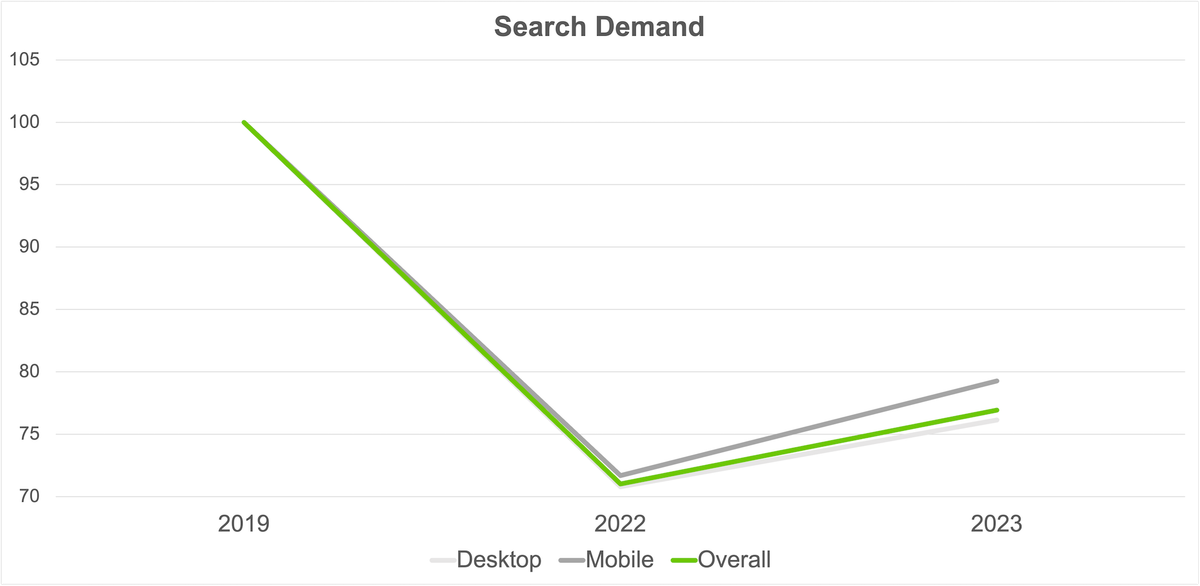
The data in this chart is indexed. It shows the change in search volume relative to 2019. In 2023 search volume increased 8% vs 2022 although it remains 23% down compared to 2019.
Takeaway - The signs are good that interest in racing is on the up. 2019 shows us that there is still headroom to attract new people to racing and re-engage those who have not returned since before the pandemic.
Which races are most popular?
Here we look to see if the types of races being booked have changed.
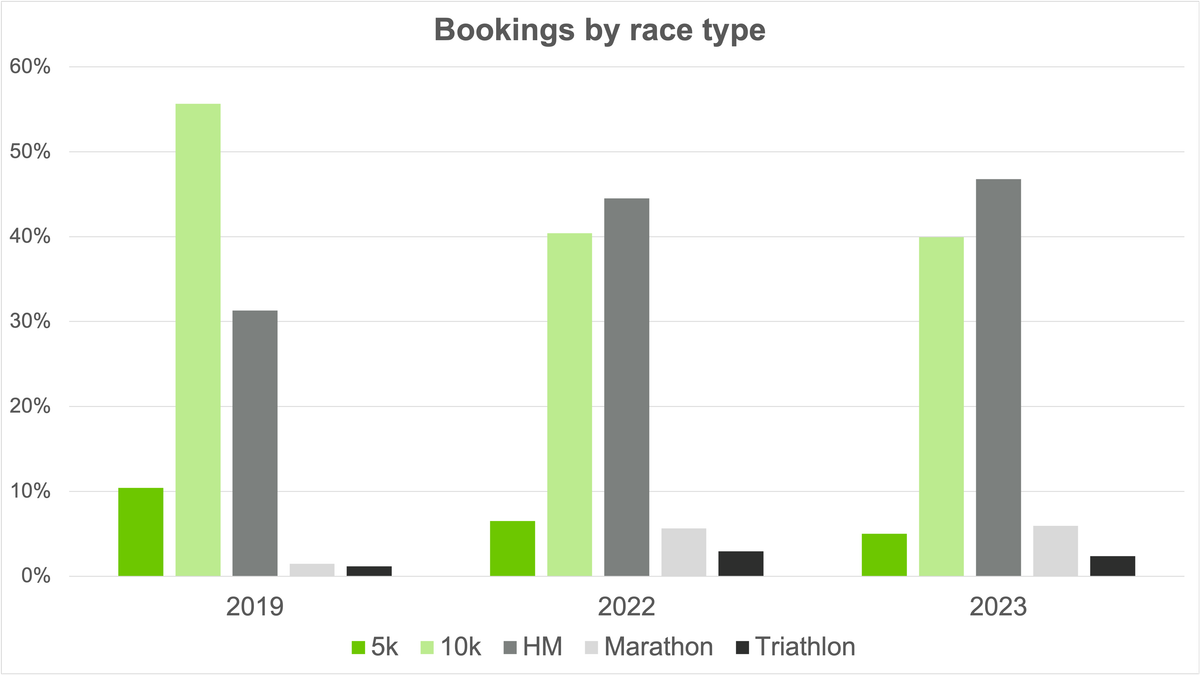
Since the pandemic, we have seen an increase in the popularity of longer distance races. This continued in 2023. 10ks and HMs remain the most popular distances but we are seeing more HMs and Marathons being entered. In 2019 10ks made up 56% of bookings. That dropped to 40% in 2023.
There are likely to be many influences on this behaviour. One theory is that the more casual racer we were seeing before the pandemic is yet to return to racing. In the next section, we look at the demographics of people booking on findarace which dives into this in more detail.
Takeaway - Attracting casual racers to return to racing is an area for growth. Removing the intimidation of race day and marketing the social side of racing is a big part of this.
When do racers sign up?
Now we look at when those entrants are most likely to sign up.
The data from 2022 reflected what Race Organisers have seen since the pandemic, that people are waiting longer to book races. That trend continued in 2023.
2023
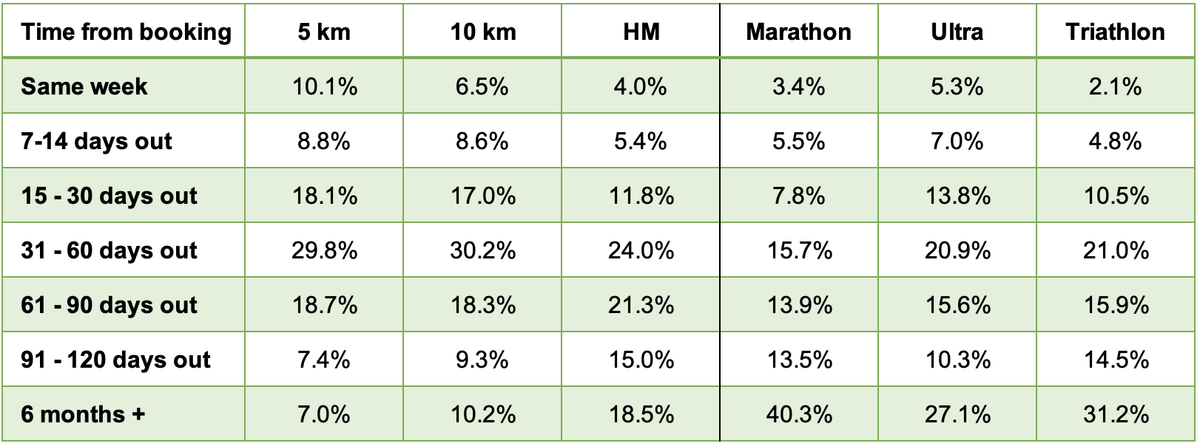
The number of running races booked in the week of the event increased from 2.4% in 2019 to just under 4% in 2022. In 2023 that number was 5.4%, an increase of 127% since before the pandemic.
In these tables, you can see the changes over the years in booking times for the most popular types of races.
All running events
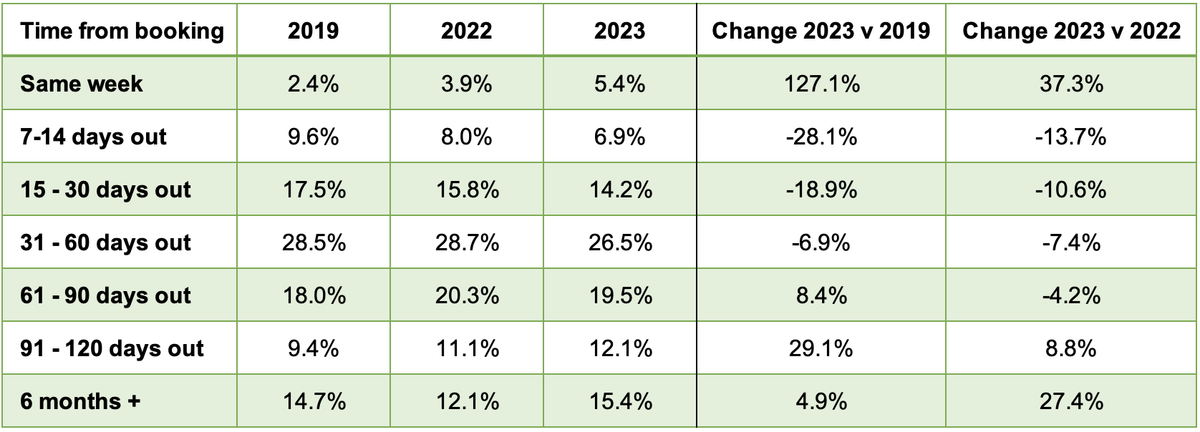
10 km
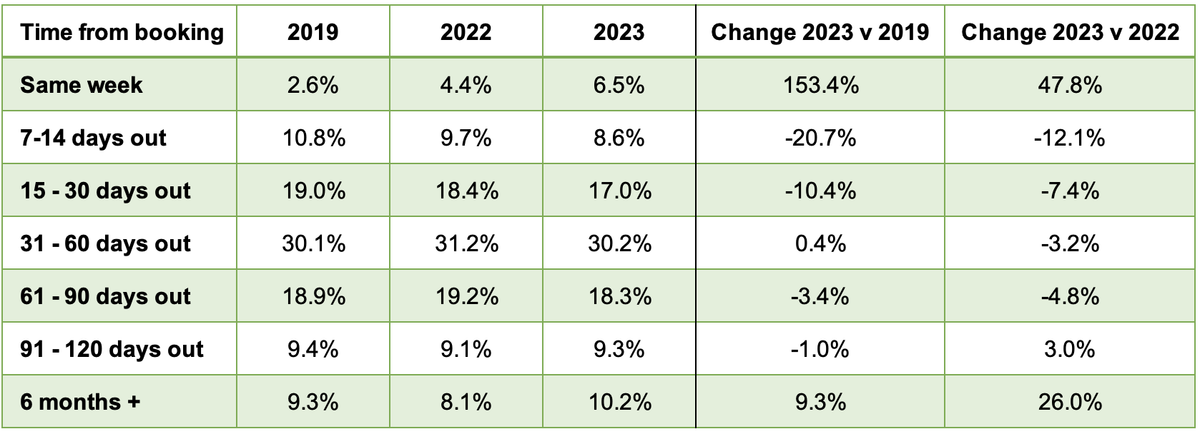
Half Marathon
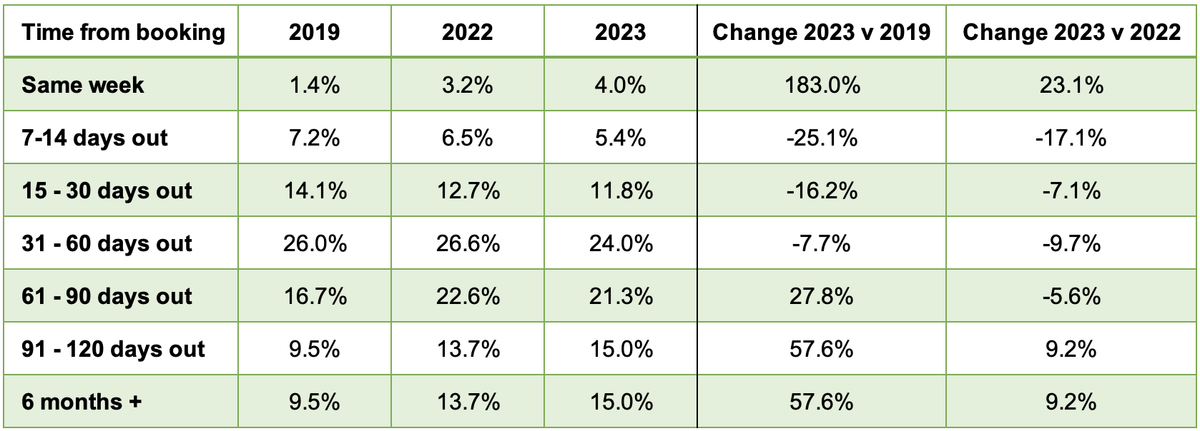
Marathon
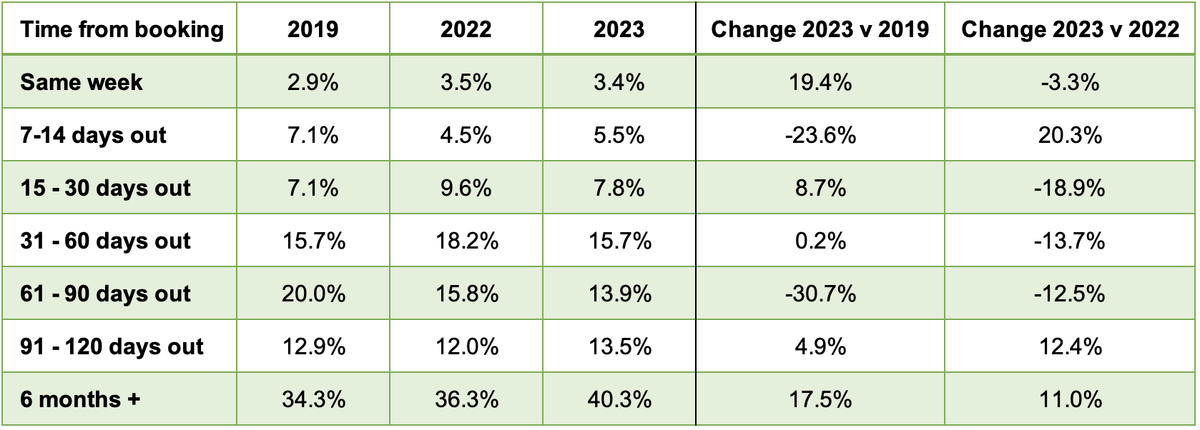
The majority of bookings for running events are still made in the 2 months before the race. This has remained consistent since before the pandemic. The change we see is that there are now significantly more bookings in the week of the race for all distances. Overall that number has increased 127% vs 2019. More surprising is that from 2022 to 2023 37% more people booked races in the week before race day showing that the trend is likely to continue.
The combination of changing habits since the pandemic and, as a reaction to that, Race Organisers keeping entries open as late as possible looks to have changed booking behaviour. Our data suggests that there is no reason to think that will change.
Takeaway - It’s important to keep races open as long as possible. Entrants now expect to be able to book races right up to race day, especially for shorter distances.
Entrant demographics
This section looks at the gender and age of entrants.
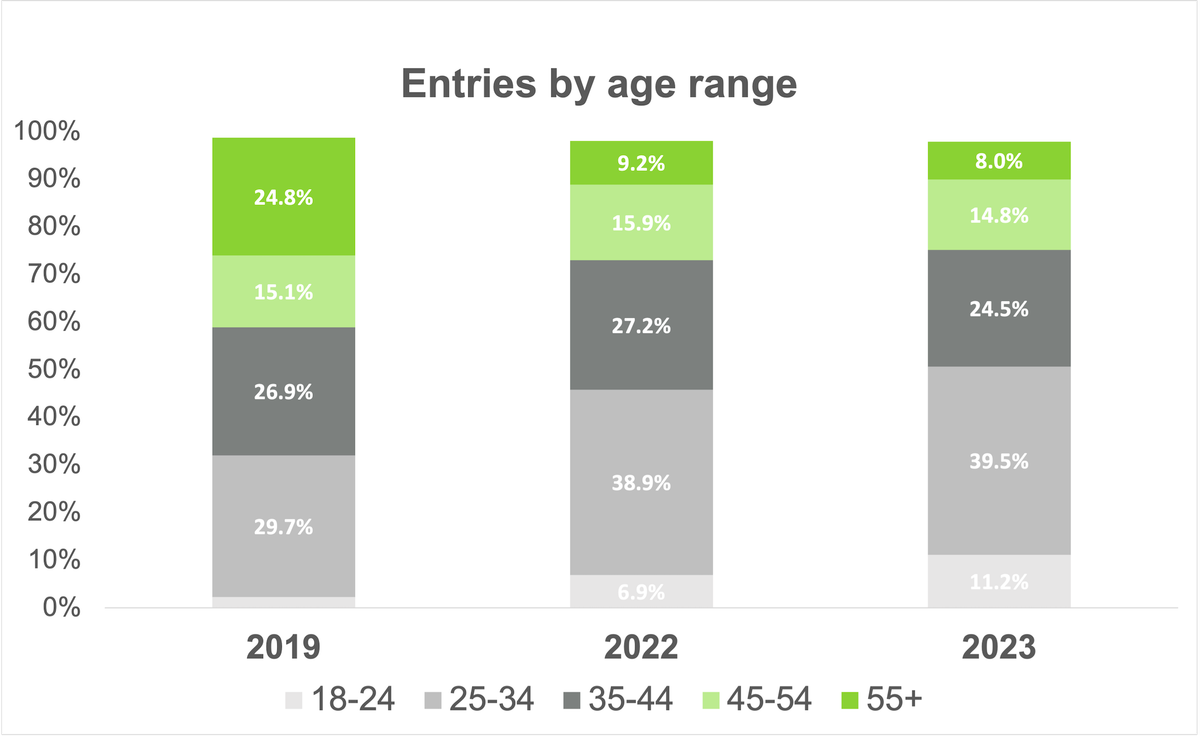
This chart shows the percentage of bookings from each age range. There has been a shift towards younger people booking races over the last 2 years. This is clear in 2023 with 50% of races now booked by people under 34 and 75% by people below 44.

The future of mass participation relies on attracting a younger audience. We know that attracting these runners can be difficult for many of our partners. It's positive to see the changing shift for entrants through findarace.
Takeaway - findarace users are, on average, younger than the general field. We know that younger generations are likely to adopt new technologies. Be sure to market your events across a range of platforms and channels to reach the widest range of participants.
Entries by gender
Breakdown of entrant's gender by race type.
2023

2022

2019

A higher percentage of men booked races in 2023 than in either of the previous years in our dataset.
The biggest decrease in female bookings is seen in 5ks and 10ks. This implies that casual female racers have not returned to the start line. This is reinforced by the fact that there's a higher proportion of women taking part in Marathons and the same percentage taking part in HMs in 2023 as in 2019.
Whilst it remains a small percentage we have seen more entrants entering races as non-binary. It will be interesting to see how this evolves over 2024 with more races offering non-binary entries.
Takeaway - This data cannot explain why fewer women are racing than pre-pandemic. There are likely to be many reasons. We're working on a piece looking into this in more detail and will be sharing it in the next few months. What's clear is that attracting casual female runners to return to racing is key to growing events.
Are prices increasing?
The average entry price of races across a range of event types.

Yearly trends
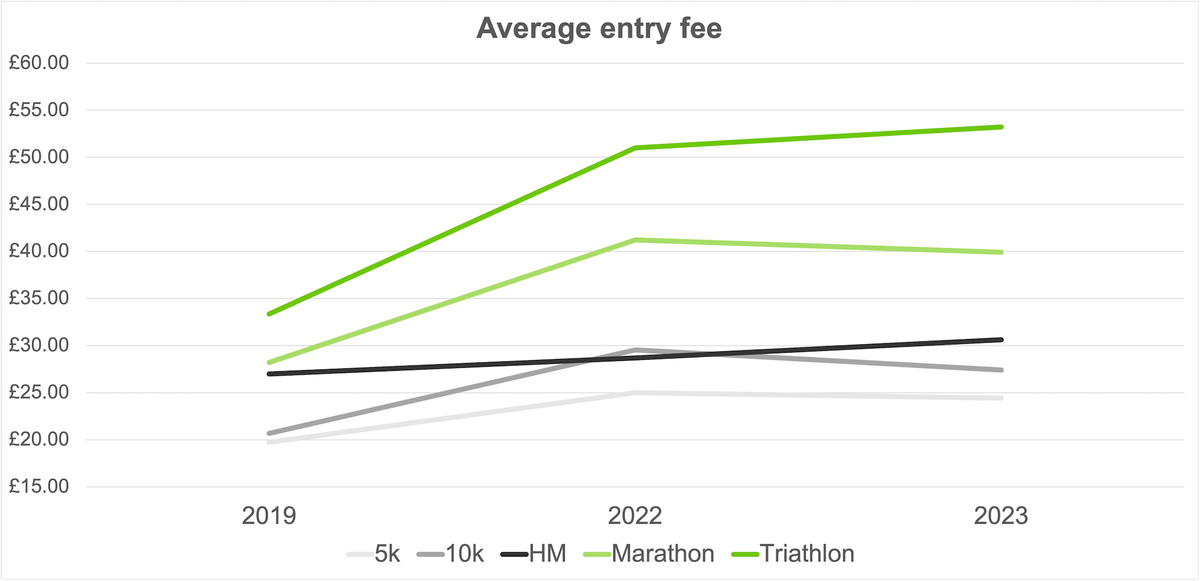
As we expect to see, prices have increased for all event types booked since 2019. It's interesting to see that, despite inflation rates, the average entry fee has not increased significantly from 2022. In fact, for some races average entry fees have dropped.
Takeaway - It's important to note that this is the average fee for races booked on findarace. The results suggest that entrants remain price-sensitive with races with lower entry fees attracting more entrants.
We'll be sharing more of our insights throughout the year. If there are any areas you would like us to explore in more detail or if you have any questions; get in touch - [email protected]
More from the blog
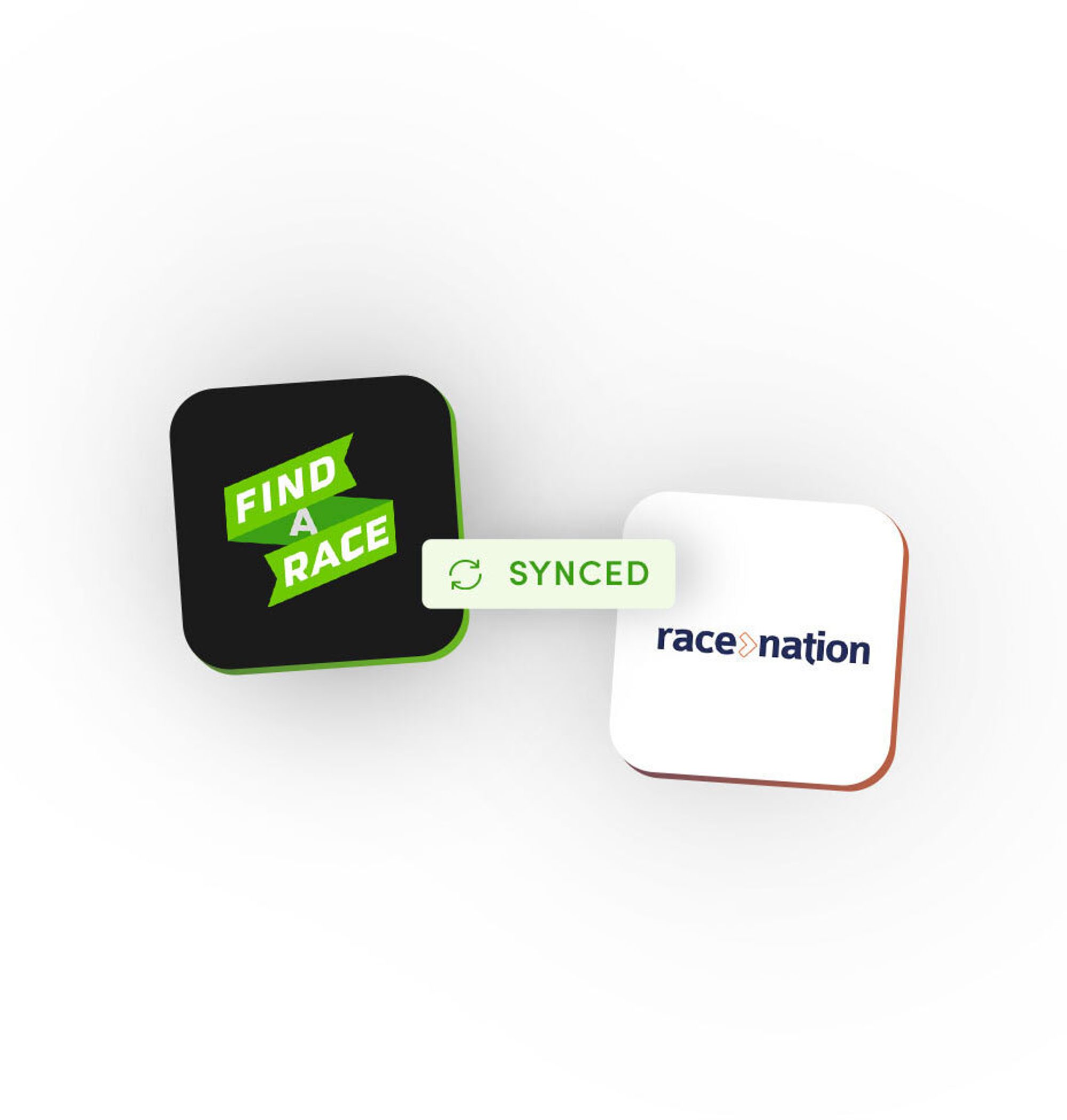
findarace.com x RaceNation integration
24 Sept 2025
Our new integration with leading registration provider, RaceNation.
Read on
Case study: Nice Work
24 Jul 2025
Findarace help Nice Work grow their events with thousands of bookings from new runners.
Read on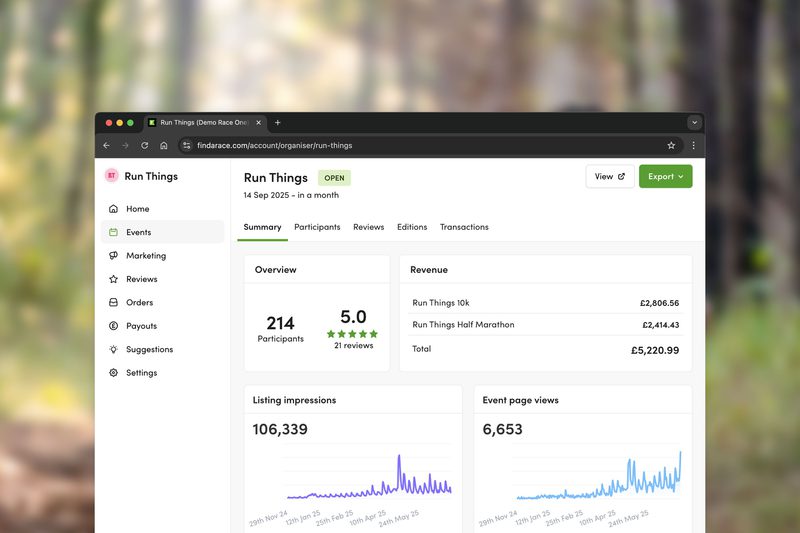
Dashboard upgrades
07 Jul 2025
Updates to the dashboard. Possibly not #gamechanging, but still great.
Read on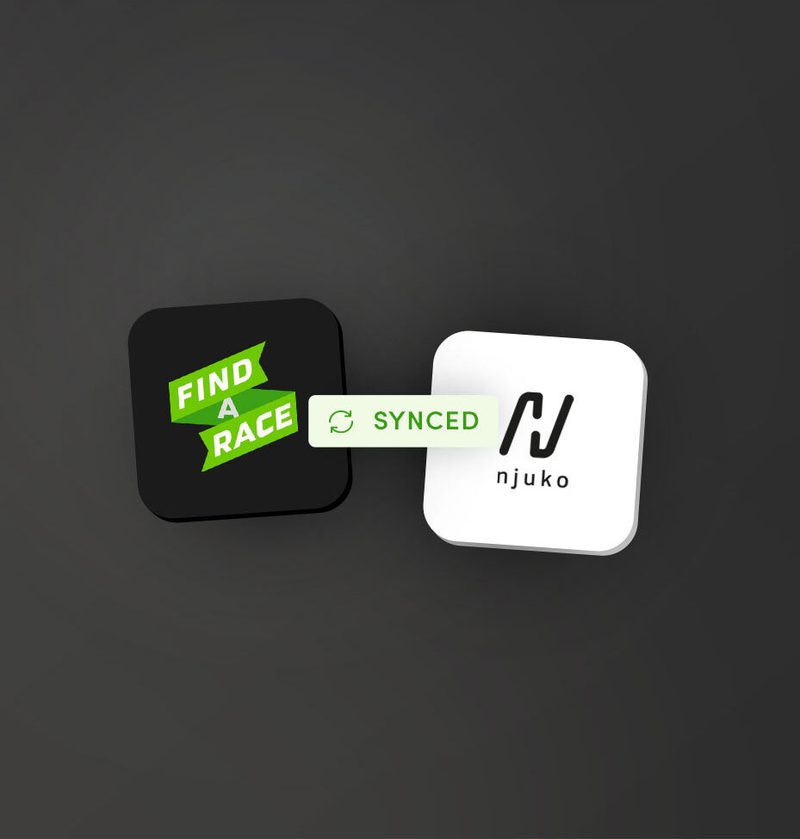
findarace.com x njuko integration
10 Jun 2025
With our latest integration, Njuko clients can plug into findarace.com's audience of over a million runners.
Read on